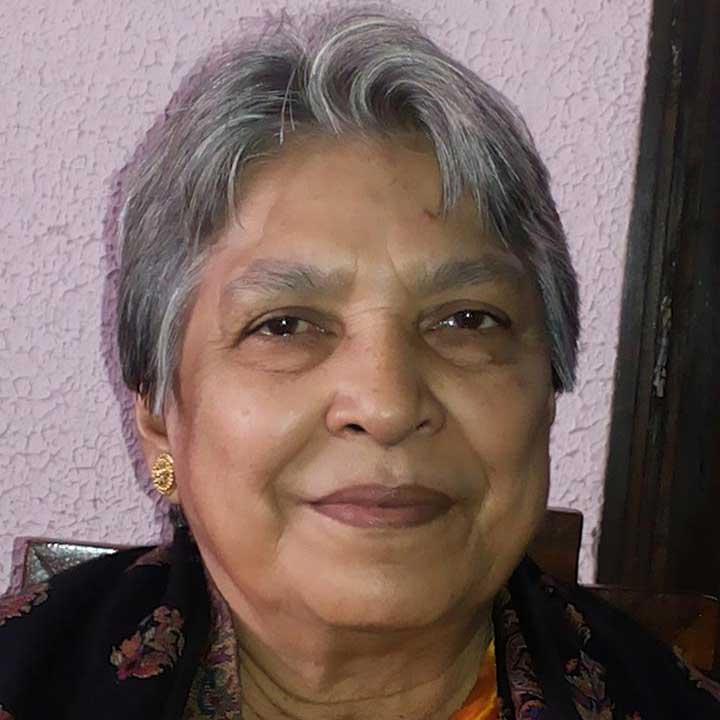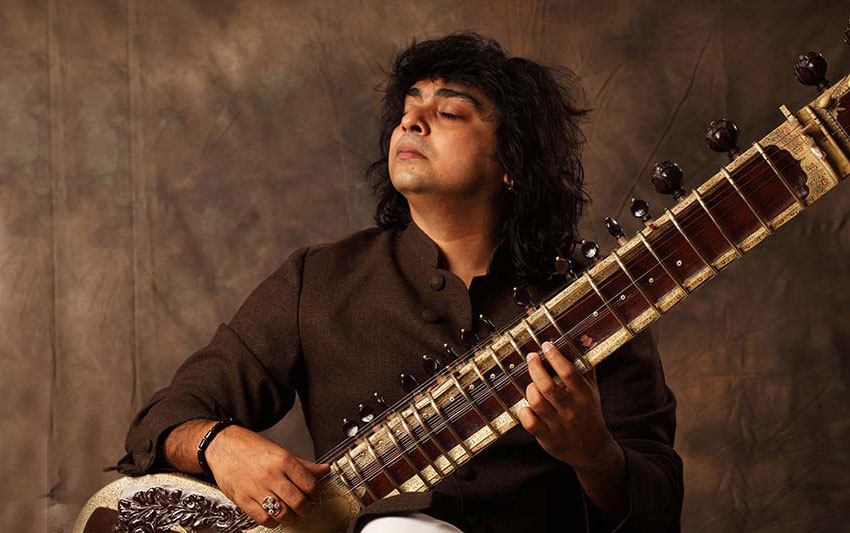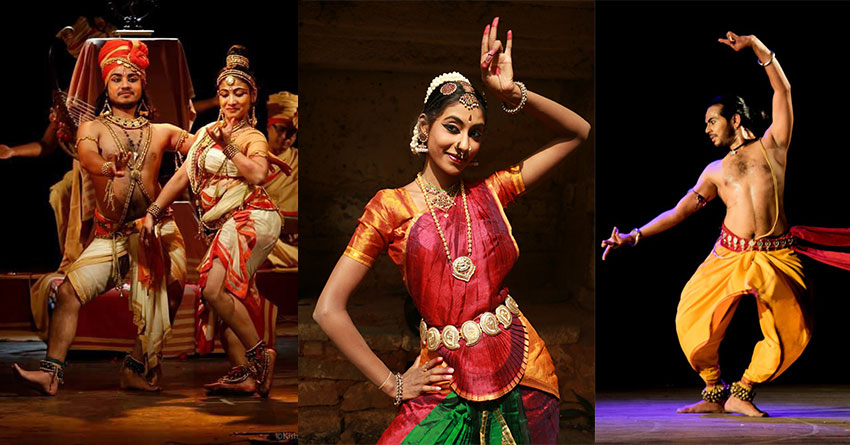Bimbavati Devi, the daughter of Manipuri dance guru Guru Bipin Singh and Kalavati Devi, is a name in the scenario of Manipuri dance. In keeping with her philosophy of helping the generation next to find a platform to present their art form, she celebrated Punaya- on the 7th of February at Usha Ganguly Mancha.
Department of Art and Culture, Government of Manipur supported Bimbavati Devi’s noble venture. Manipur, situated in North-East of India, is the only state with a vibrant form of dance which is woven in the tapestry of Manipuri life.
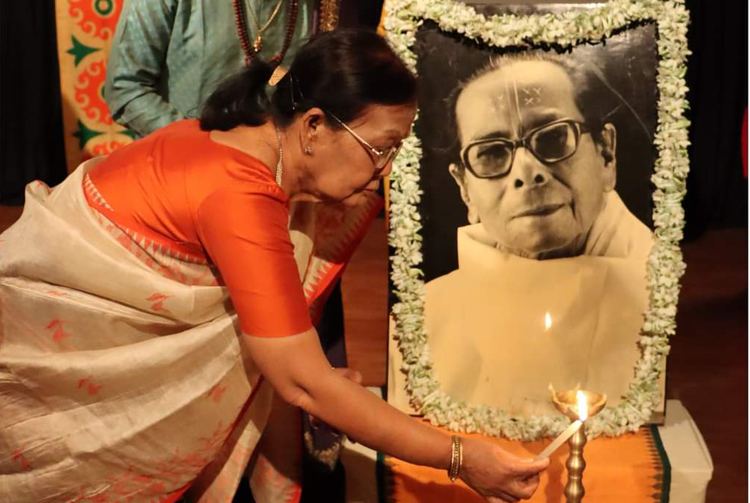
Speaking on the occasion, Manipuri exponent Kalavati Devi requested support for young artists, while veteran kathak guru reminded young dancers of the tough journey that lies ahead of pursuing dance as a profession. The four selected artists of the evening were Manipuri dancer Kankana Singh, Bharatanatyam dancer Santanu Roy, Odissi dancer Sourav Samanta and Kathak dancer Srijita Baidya. This opportunity seems to have come to them as a breather, after their prolonged isolation caused by the pandemic and the lack of performing space.
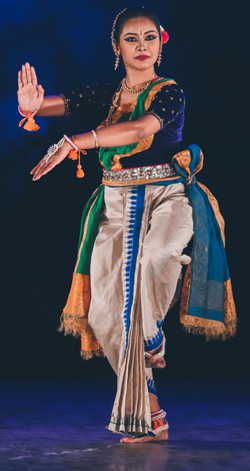
Kankana Singh with her great lineage in Manipuri dance, is currently under Guru Kalavati Devi and her daughter Smt. Bimbavati Devi at Manipuri Nartanalaya-one of the pioneer institutes of Manipuri dance in India is also a pung artist learning to become a Poong player under her father Kunjo Singh. She has performed in many prestigious festivals in India and abroad as a soloist, moreover, she has been a part of duet and group performances with Manipuri Nartanalaya.
During these pandemic times, organizers and talented Odissi dancer Sourav Samanta currently under the tutelage of Sutapa Talukdar presented a scintillating performance starting with the mangalacharan “Kshamanu Kampadhara”, which ritualistically signifies the beginning of an Odissi dance performance and its elaborate formal structure that is designed to was truly engaging. This mangalacharan invoked the Vishnu in the compassionate form. He is also the final authority on the interpretation of the sacred text of Vedas.”Khsmanu Kampadhara” is a composition of Kavisurya Baldeva Rath, set to raag Kedar-Kamodi and taal is Tripata, composed by Balkrushna Das. Late Guru Kelucharan Mohapatra had composed the dance piece.
Kirwani Pallavi danced next may be compared to an exquisite tapestry of interwoven patterns of music and dance. He has a good understanding of rhythm and its associated movement. The pure dance began with a few simple steps and gradually unfolded its complexity. An excellent Bharatnatyam dancer Santanu Roy trained by Samrat Dutta in his rendition of Surdas Bhajan “Jay Narayana Brahma Parayana Sripati Kamala Kantam” displayed all the three aspects of dance Nritta, Nritya and Natya with great elan. He praised lord Krishna. He was led to this choice because he dedicated his performance to Vishnu. According to Krishna Katha, three stories are incorporated in the charanam part of this piece, where the poet says “Vasudeva Grihe Janama Lio Hey, Nam Dharo Yadunathan, Krishna Roop Dhare Asura Sanhare Kamsa Kesi Nee Hantam”- As Krishna he killed Kamsa and later, he freed the world of demons “Kubalaya Peeda” and “Bakasura” respectively. The piece ended with a sankeertanam where the jeevatma merged with paramatma. The piece showcased dwikala Jathi and “Dasavataram”. His aramandis, hasta mudras and jatis were enviable.
The Total Music Arrangement by Shankar Narayananswami was another reason for the dancer’s success.
Santanu Roy is a promising young Bharatanatyam artist from Kolkata presently learning under the able guidance of Sri Samrat Dutta (Kolkata). He has completed M.A in Bharatanatyam from Tamil University “Thanjavur”.
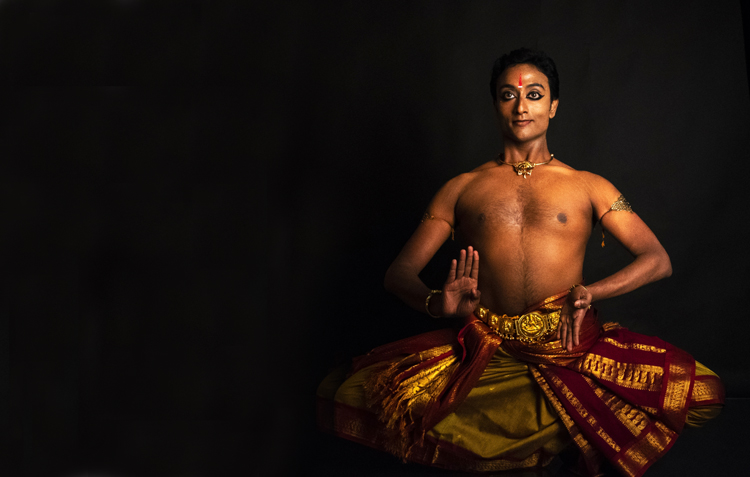
Kathak dancer Srijita Baidya is in the right hands. Under her guru Ashimbandhu Bhattacharya, she has mastered both the Lucknow and Jaipur style of the form. She paid her obeisance to Nataraj -guru of all gurus-and proceeded with rendering shuddha nritya. Upaj, thaat, amad, mel bandhan etc. Bolparan’s were by Ashimbandhu himself. Very stylistically she performed her rhythmic footwork, harmonizing her movements to the music. She expressed the different nuances of love through her eyes and eyebrow movements and facial expressions.
The positive side of the evening was that these dancers are young and serious and therefore it is expected that they will take their beautiful forms to higher levels of understanding and appreciation rather than just being esoteric as they are now.
All our dance forms are stuck in a time capsule and are heavily dependent on themes that most often do not relate to contemporary life. So far, they have proved to be costly gems that need to be dusted and preserved. As a critic, I would like to see our rich dance forms take new directions and do not merely remain as museum pieces.




